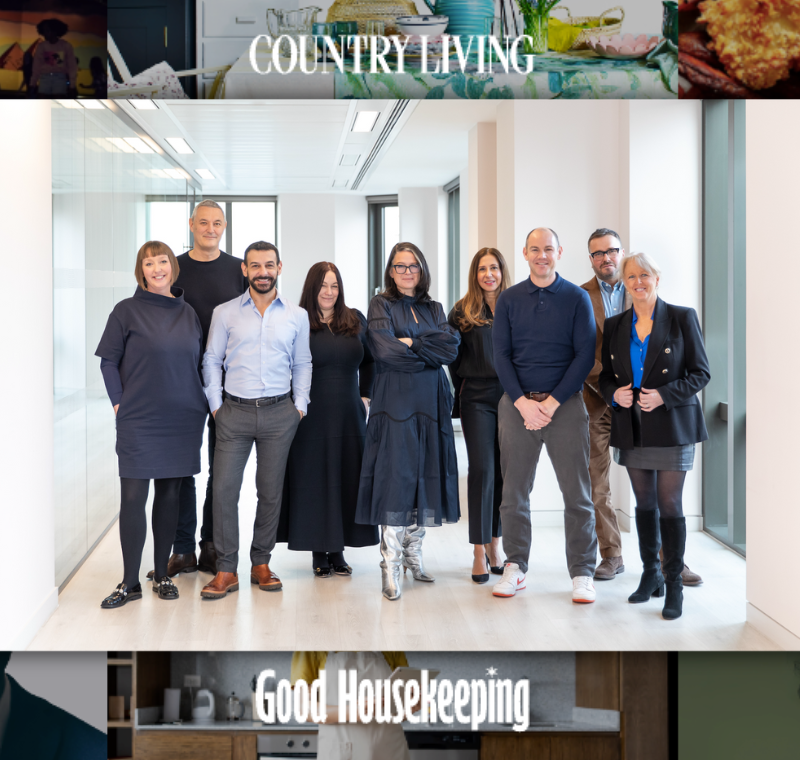Publishers latest mobile-engagement trick: the truncated article page
As side door visits continue to dominate publishers’ traffic, many are coming up with new ways of holding onto — or at the very least extracting more value from — their mobile readers. For the likes of The New York Times, Huffington Post and Quartz, one successful tactic is the “read full story” button, which appears within articles after a few paragraphs for mobile readers. Visitors who want to actually finish the articles they’ve started reading need to click the button; those that don’t can keep scrolling and are presented with alternate articles, navigation or even display ads.
At the Times, which got 60 per cent of its June visitors from mobile, the “show full article button” has resulted in “moderate increase” in the time readers spend, according to Paul Werdel, senior product manager on mobile.
“Our core challenge is being able to communicate the breadth of the content that we have to people who may not be familiar with it as those who read us regularly,” he said.
The Times, which declined to share exact numbers about the button’s performance since it introduced the feature last spring, only shows the button to anonymous mobile and social readers, not those who come directly to the site or are logged in. That’s because social readers bounce at a higher rate than those who come through the front door, forcing publishers to work harder to hold onto them.
The “show full article button” attempts to turn that around by pushing social readers to other articles that they might be interested in, all in the hopes of keeping them on site. The article line-up varies: The Times designed the feature so that readers who click a sports or health article are more likely to get suggestions for sports and health articles, while general interest stories beget more general interest stories.
Quartz, which also introduced its own “read full story” button alongside its design refresh in June, has used the button to boost the performance of its mobile Engage ads, which appear directly below the button. The Huffington Post uses a similar approach, presenting readers with a 300 x 250 banner ad below its own “read more” button.
More like this
Five tips for outstanding mobile advertising experiences









